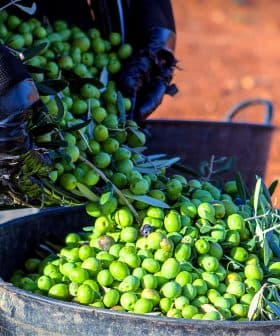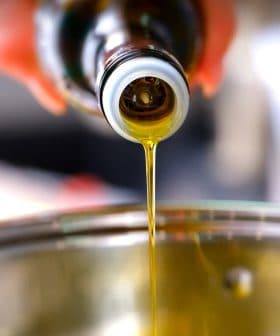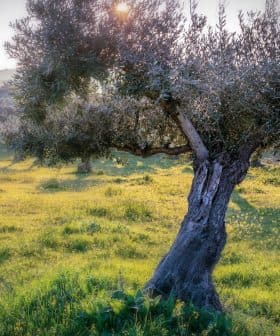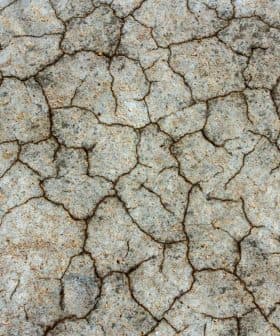Reducing the Size of Pomace Oil Particles Increases Its Healthy Properties, Study Shows
Research published in the journal of Food Chemistry found that micronization of olive pomace oil can significantly increase its polyphenol and antioxidant contents, with the bioaccessibility of phenolic content increasing with smaller particle size. The study conducted by researchers in Spain and Brazil showed that micronization increased the release of key compounds during digestion and improved the antioxidant capacity of the oil, suggesting potential for enhancing its nutraceutical properties.
The micronization – the process of reducing the size of a substance’s molecular particles – of olive pomace oil may significantly increase its polyphenol and antioxidant contents, according to new research published in the journal of Food Chemistry.
The study, which was conducted by researchers at the University of Granada, in Spain, and the Federal University of Santa Maria, in Brazil, showed that the bioaccessibility of phenolic content of olive pomace oil increases with the number of individual particles and the decrease in their size.
Micronization can be further exploited to improve the nutraceutical properties of olive oil pomace.
“The effect of micronization of granulometrically fractionated olive pomace on the bioaccessibility of polyphenols and the antioxidant capacity was investigated during sequential in vitro static digestion,” the researchers wrote.
During these tests, the researchers observed how micronization increased “the release of hydroxytyrosol, oleuropein, caffeic acid, and decarboxymethyl oleuropein aglycone in the salivary and gastric phase [as well as] luteolin in the gastric phase” of digestion.
See Also:Research Examines Functional Ingredients in Olive PomaceThe researchers also noted how the intestinal bioaccessibility of hydroxytyrosol, decarboxymethyl oleuropein aglycone, oleuropein, luteolin and apigenin was also increased by micronization, with the best results obtained by the smaller micronized samples (the F2AG, at 15.6 μm).
“Micronized samples increased antioxidant capacity in the gastric phase,” the researchers wrote. “F2AG exhibited the highest antioxidant capacity in the insoluble intestinal fraction. Thus, micronization can be further exploited to improve the nutraceutical properties of olive pomace oil by increasing the bioaccessibility and antioxidant capacity of phenolic compounds.”
The current research comes on top of a previous study carried out by the same team, which investigated the effects of the micronization of olive pomace oil on the amount of extractable and non-extractable polyphenols and its antioxidant capacity.
In that case, micronization increased the contents of extractable polyphenols and of hydrolyzable tannins. The researchers concluded that “granulometric fractionation and micronization were effective to increase extractable polyphenols content and antioxidant capacity of olive pomace oil.”









